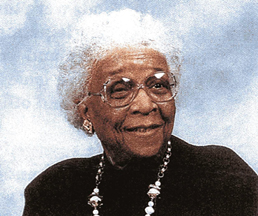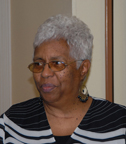

Social Activism and Social Justice |
|||||||||||||
The Pearl High School teachers’ involvement in political activities and their quest for civil rights is now somewhat difficult to determine: how does one ascertain the proper course of action for a black teacher of the 1940s working in Southern segregated schools? At a time when Septima Clark was fired from her teacher’s position in Charleston for being a member of the NAACP, the question must be asked, to what degree could an individual teacher or group of teachers challenge segregation and an American apartheid system. The Pearl teachers appear to have been actively involved in providing leadership for the African American community of Nashville; however, they maintained a low profile in terms of their participation in the struggle for black equality as described by all who discussed the topic during 2007 interviews. The general feeling was that Pearl teachers were community and cultural leaders but not open political leaders. Ella Thompson recalls |
|||||||||||||
|
“Teachers were in the movement. Pearl was so close to Fisk University.” Ella Thompson |
||||||||||||
One of the more interesting descriptions of the political activity of Pearl teachers, while occurring after the Secondary School Study, proves prophetic and displays the subtleness of the teachers’ political involvement while fulfilling the administrative and instructional responsibility of the institutional role of a public school educator. |
|||||||||||||
| “They chose to be quiet so that they could touch a larger number of community members. They were clever with their political involvement.” Alice Epperson |
|
||||||||||||

an institutional member of the International Coalition of Sites of Conscience
Museumofed@gmail.com


